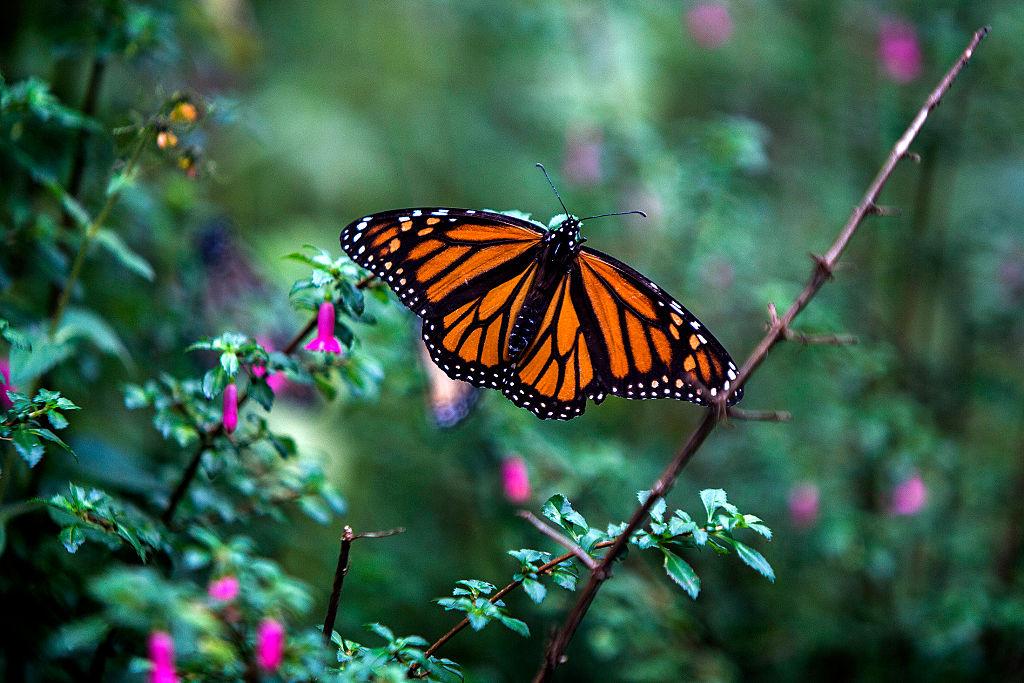Monarch butterflies, known for their distinctively-hued orange and black wings, have officially been listed as endangered under Canada’s Species at Risk Act (SARA).
Cabinet upgraded the status of monarch butterflies from special concern to endangered after Parliament received a Department of Environment report detailing the decline of one of the species’ key food sources: milkweed.





